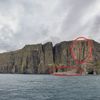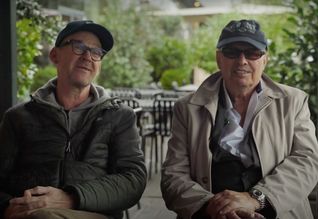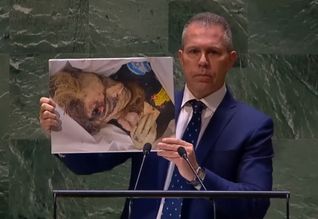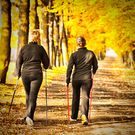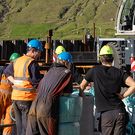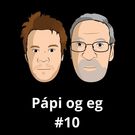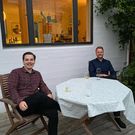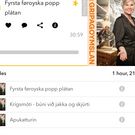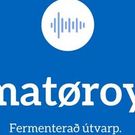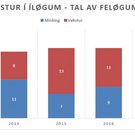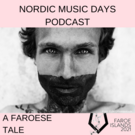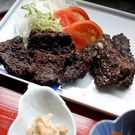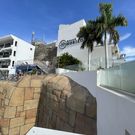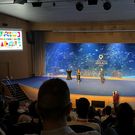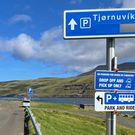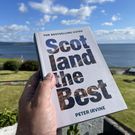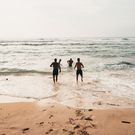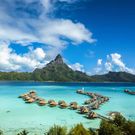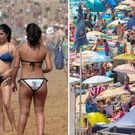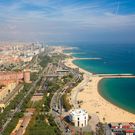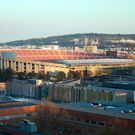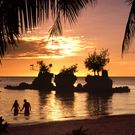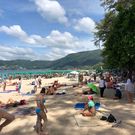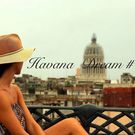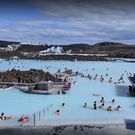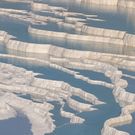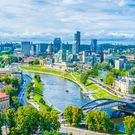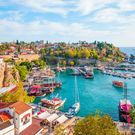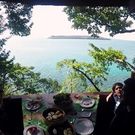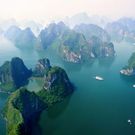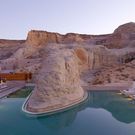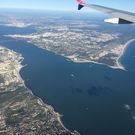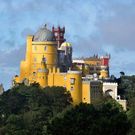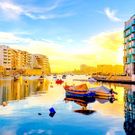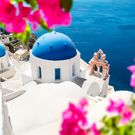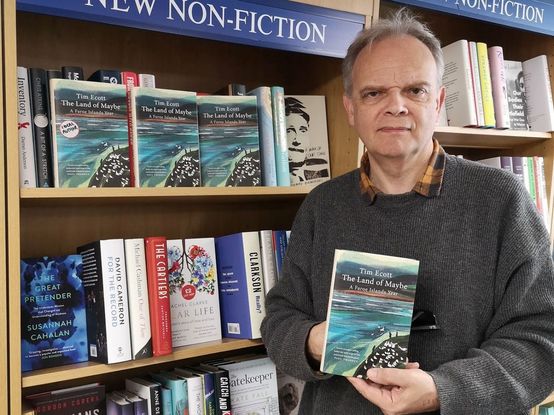
Mynd: BirkBloggur

Mynd: BirkBloggur
Bretski rithøvundurin, Tim Ecott, hevur í dag grein um Føroyar sum ferðamál í kendu avísini The Guardian.
Í greinini verður sagt, at “Tourism now turns over almost £100m per annum – about 6% of the islands’ GDP. There are just 55,000 Faroese, but visitor numbers are around 110,000 annually, most of them arriving in June, July and August. This figure includes about 40,000 who visit for a few hours on cruise ships.”
Upplýst verður í bretsku blaðgreinini, at næsta ár fer tað at kosta at ganga niðan á Slættaratind:
“Charges have been introduced at several tourist hotspots (usually 200 Danish króna – about £23), including at the famous “floating lake” at Trælanipa, the lagoon at Saksun, and the sea stacks at Dunnesdrangar. Next summer there are plans to charge walkers to hike the Faroes’ highest peak, the 880-metre Slættaratindur. Meanwhile, the most westerly island, Mykines, has already introduced a £60 tourist fee and restricted access to the puffin nesting areas that attract many thousands of visitors. Landowners say the money is in compensation for disturbance to farming and wildlife.”
Viðvíkjandi tølum verður í bretsku greinini upplýst, at “The numbers of tourists at the most popular spots remains relatively small, with about 80 people a day climbing Slættaratindur, and about 2,500 walking up the mountain in August. Inevitably, this far north, the increase in boots on the ground leads to erosion.”
Guðrið Højgaard, stjóri í Visit Faroe Islands, verður endurgivin fyri at siga, at “The last thing we want is for Faroese people to see tourists as a problem.”
Bóndin, Jóhannus Kallsgarð, sum bleiv kendur tá nýggjasti James Bond filmurin bleiv upptikin og endaði í hansara haga, sigur við Tim Ecott, at “My family has farmed here for 15 generations, and as a boy I barely saw outsiders in the village from one month to the next. We welcome tourists, and in 2019, I took more than 200 walking groups to the lighthouse. As numbers have increased, I’ve had to take on guides to help people hike safely, as every year we have guests slipping on the path and injuring themselves. I think it’s fair that farmers get a share of tourist revenue.”
At enda verður Óluva Zachariasen endurgivin fyri at siga, at “In principle, I don’t like the idea of paying a fee just to visit nature. However, where there are high numbers of tourists or hikers of any nationality, protecting the land is necessary, perhaps through a government tourist tax. It’s an emotive cultural issue for us Faroese, and we have a long history of disputes in our islands over grass and soil.”
Avísin The Guardian upplýsir, at ferðin hjá Tim Ecott til Føroya er fíggjað av Guide to Faroe Islands.
Á forlagnum Short Books gav Tim Ecott í 2020 út bókina “The Land of Maybe - a Faroe Islands Year”.
Her er greinin hjá Tim Ecott í The Guardian í dag: https://www.theguardian.com/travel/2023/nov/29/faroe-islands-farmers-charge-tourists-to-visit-hotspots-as-visitor-numbers-rise?CMP=share_btn_fb&fbclid=IwAR0_Ra0Rb4umA547ybPLoK3TQWoXdyGzH8IazUP4AWb6NPvBHKbmshtRCTI
Her er samrøða á birkblog við Tim Ecott, tá bókin kom út: https://birkblog.blogspot.com/2020/03/pura-forelskaur-i-froyum.html
Um tú veitst okkurt, sum VP ikki veit - skriva so til vp@vp.fo






